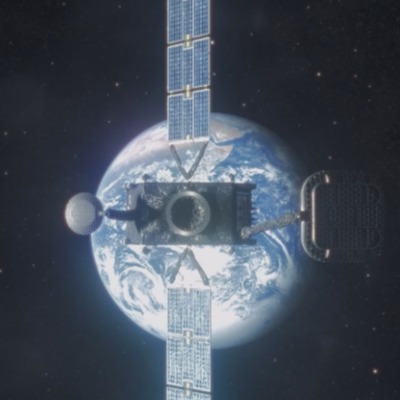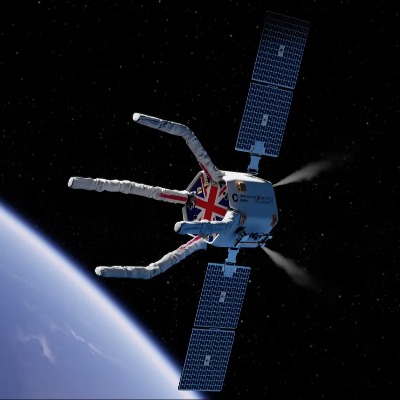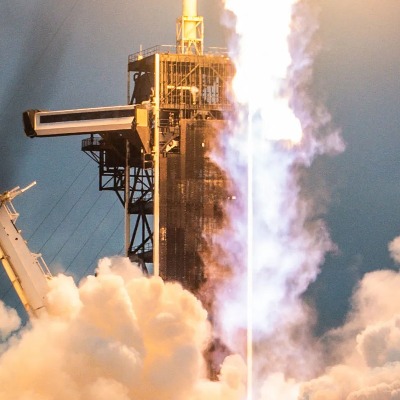NASA Cancels VIPER Moon Rover Mission Over Budgetary Concerns

In a tough decision driven by budgetary constraints, NASA has announced the cancellation of its Volatiles Investigating Polar Exploration Rover (VIPER) mission. The $450 million project aimed to send a robotic rover to the Moon's south pole in search of water ice deposits.
VIPER, planned for a 2025 launch, was designed to spend 100 days scouting lunar craters for potential ice resources. This ice could be vital for future crewed missions under NASA's Artemis program, which aims to land astronauts on the Moon by 2026.
The VIPER rover has a size similar to a golf cart (around 1.4 × 1.4 × 2 m), and would have been tasked with prospecting for lunar resources, especially for water ice, mapping its distribution, and measuring its depth and purity. The water distribution and form must be better understood before it can be evaluated as a potential resource within any evolvable lunar or Mars campaign.
The VIPER rover was to operate on the western edge of Nobile crater on Mons Mouton in the Moon's south pole region. The first ever rover with its own lighting source, it was planned to rove several kilometers, colecting data on different kinds of soil environments affected by light and temperature—those in complete darkness, occasional light and in constant sunlight. In permanently shadowed locations, it would operate on battery power alone and would not be able to recharge them until it drives to a sunlit area. Its total operation time was planned to be 100 Earth days
"Decisions like this are never easy," said Nicola Fox, associate administrator for NASA's Science Mission Directorate, in a statement. "The VIPER mission offered valuable scientific potential, but we had to prioritize within our budget to ensure the continued success of our Artemis program and other critical missions."
The cancellation stems from rising costs and launch delays that plagued the VIPER project. While the rover itself was reportedly near completion, additional testing and integration with the lander were required, pushing back the launch date and inflating the overall budget.
The termination of the project leaves the rover planned to be disassembled and its instruments and components reused for other lunar missions. Before commencing disassembly, NASA announced they would consider "expressions of interest" from industry to use the "VIPER rover system at no cost to the government."
At the time of the announcement NASA expected to save $84 million by canceling the mission, which has cost $450 million so far. The budgeted cost to build VIPER was $433.5 million, with $235.6 million budgeted to launch the lander. The agency still plans to support the Griffin lander to arrive on the moon in fall of 2025, though with a mass simulator in place of the VIPER rover. NASA expects the primary objectives of VIPER to be fulfilled by an array of other missions planned for the next several years.
Despite the cancellation, NASA is exploring ways to salvage the project's potential. The agency is considering selling the completed rover to another space agency or commercial entity. Additionally, they plan to investigate how VIPER's scientific instruments and technologies can be incorporated into future lunar exploration missions.
The decision to cancel VIPER has sparked debate within the scientific community. Some experts argue that the mission's potential for resource identification on the Moon outweighs the budgetary concerns. Others acknowledge the financial constraints while emphasizing the importance of refocusing resources on the Artemis program and crewed lunar exploration.
The future of lunar ice exploration remains uncertain. While VIPER is grounded, NASA remains committed to its Artemis goals. The search for resources on the Moon, however, may require new approaches and collaborations to achieve those goals within the agency's budgetary constraints.




